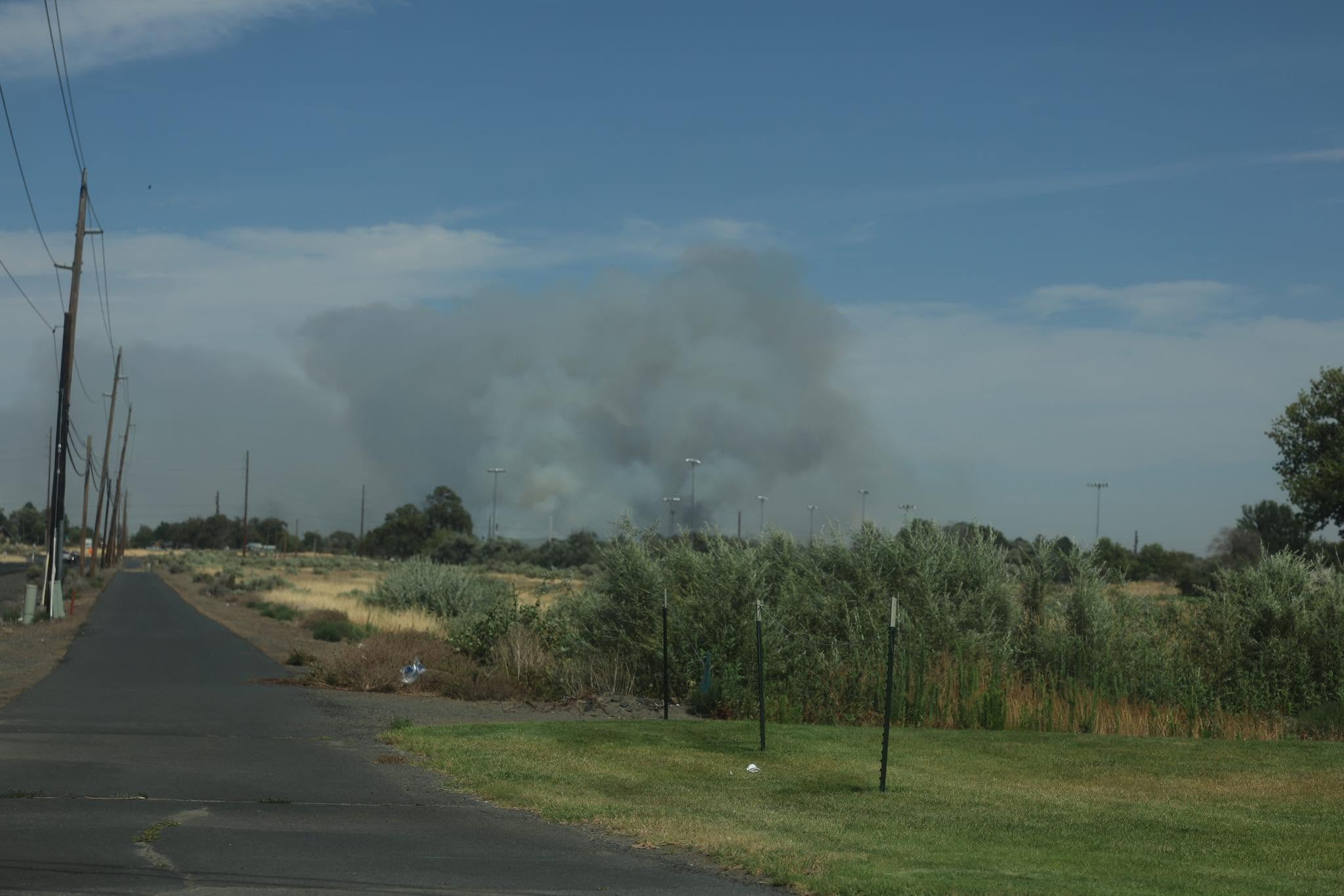State forecast suggests COVID-19 spike should end by Christmas
Published 11:00 am Tuesday, October 19, 2021
SALEM — A deadly spike in COVID-19 infections that began just before Independence Day should near its end around Christmas, a new state forecast said Thursday, Oct. 14.
But with more than two months to go to reach the projected end point, about 177,000 more infections are expected in the state, according to the Oregon Health & Science University weekly forecast.
The Oregon Health Authority reported hospitalizations for COVID-19 continue a steady decline in Oregon, with 563 infected patients hospitalized on Oct. 15, less than half the 1,178 recorded Sept. 1.
But hospitalization remains high in OHA Region 9, which encompasses the counties of Morrow, Umatilla, Union, Baker, Wallowa and Malheur. According to the Oregon Health Authority, 22 of the region’s 26 staffed beds in intensive care units had patients as of Oct. 15.
The statewide spike in infections, which began in the first week of July and peaked just after Labor Day, has steadily tracked downward since, the report said. The spike was driven by the highly contagious delta variant.
However, the forecast projects the state still has two-and-half months until it might reach “herd immunity” for the delta variant. OHSU reported that is when 85% of the population is either vaccinated or has been exposed to the virus.
The university’s virus modeling projects that Oregon will arrive at that point around Dec. 26.
Over that time, the forecast estimates there will be another 177,000 infections in Oregon — enough to fill Autzen Stadium at the University of Oregon three times.
The number of breakthrough cases of infections in people who have been vaccinated has risen, accounting for 27.2% of new infections in OHA’s weekly report released Oct. 13. It’s one of the reasons federal and state health officials have moved to approve booster shots of vaccine for those already inoculated.
But throughout the spike, severe cases requiring hospitalization and deaths have remained low among vaccinated people compared to those who are unvaccinated.
Vaccinated patients account for less than 5% of hospitalizations and less than 1% of deaths.
“There’s still time for people to take action to prevent transmissions and to get vaccinated, but we’re projecting that a whole bunch more people are going to get infected in the next month,” said Peter Graven, director of the OHSU Office of Advanced Analytics.
Oregon recorded 610 deaths in September, the highest monthly total since the pandemic arrived in the state in late February 2020.
OHSU said the drop is being aided by an increase in vaccinations, including those motivated by the deadlines for state and federal employee mandates.
The state’s “immunity index” shows that 22% of Oregonians remain vulnerable to the virus, having neither been vaccinated or exposed to the virus by others.
“A lot of people have gotten infected over the past three months, and it’s become harder for the virus to find susceptible people,” Graven said.
And while there remains a large pool of unvaccinated Oregonians who could end up in the hospital, Graven said the worst likely is over.
“The severe strain on hospitals should ease as the virus finds an ever-shrinking pool of susceptible hosts,” Graven said. “It’s going to be increasingly difficult to generate a new surge in hospitalizations.”
Patients with COVID-19 accounted for 24% of all cases in intensive care units statewide as of Oct. 12. At the peak of the spike, they took up more than 50% of ICU capacity.
The OHSU report said the timeline could be slowed by the trend of Oregonians tiring of preventative measures such as wearing masks and avoiding gathering indoors with those outside of their household or outside in large groups.
While a high number of deaths have been reported recently, deaths are the last indicator to rise or fall in a spike. The current numbers are projected to decrease, as hospitalizations and infections already have gone down.
Test positivity continues to slowly decline. OHA reported the statewide rate at 7.3% on Oct 15. OHA officials say a rate below 5% is when the number of new infections is within manageable limits.









